- Browse
- Arrays
Results for "arrays"
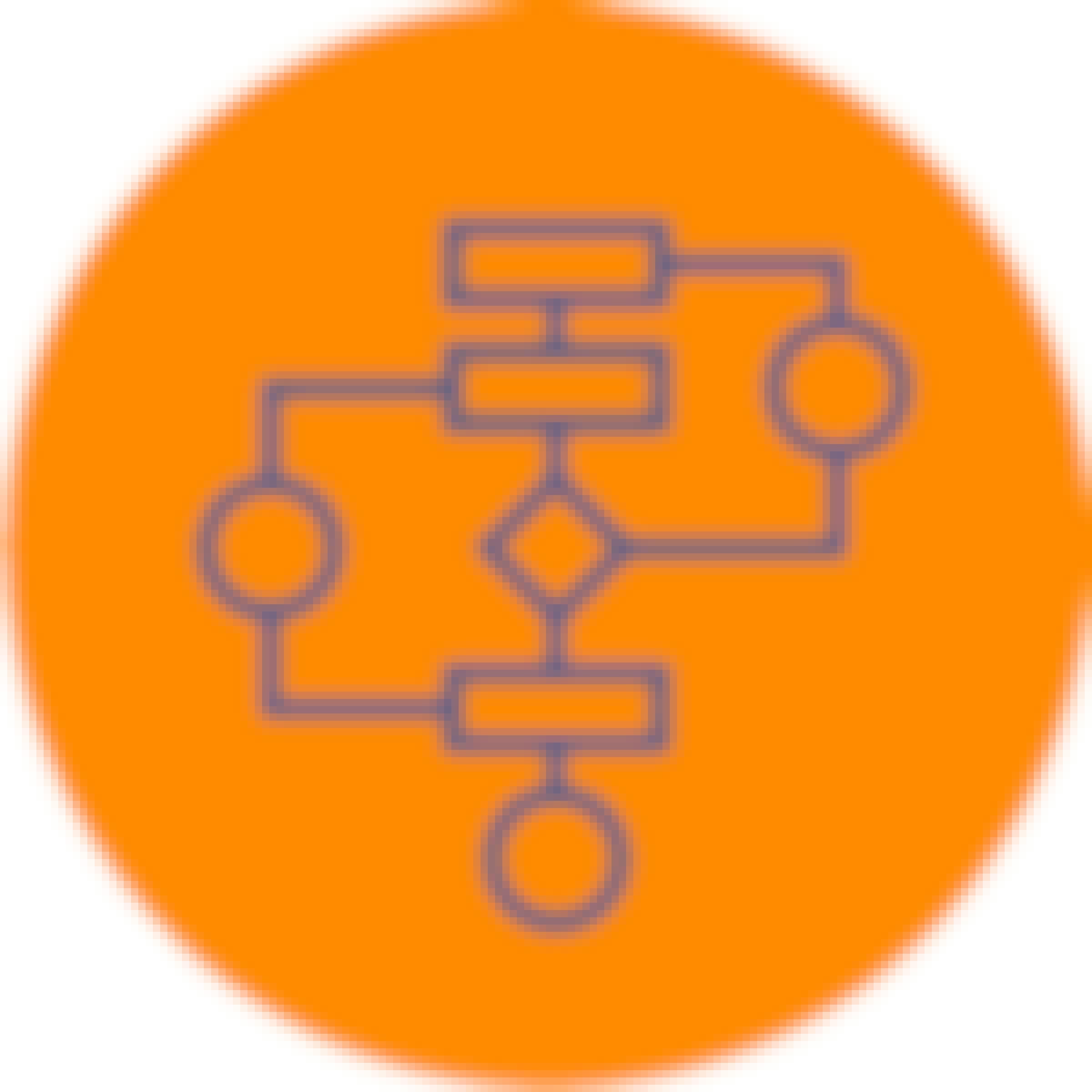 Status: Free TrialFree Trial
Status: Free TrialFree TrialSkills you'll gain: Data Structures, Java, Theoretical Computer Science, Programming Principles, Algorithms, Object-Relational Mapping
Intermediate · Course · 1 - 4 Weeks
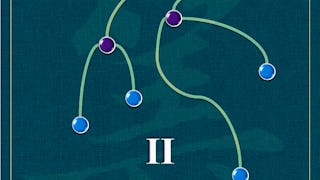 Status: Free TrialFree TrialT
Status: Free TrialFree TrialTTsinghua University
Skills you'll gain: Data Structures, Algorithms, Graph Theory, Computational Thinking, Programming Principles, Computer Programming
Intermediate · Course · 1 - 3 Months
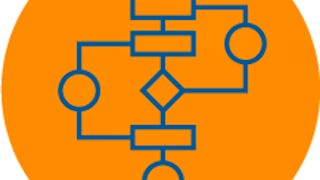 Status: Free TrialFree TrialC
Status: Free TrialFree TrialCCodio
Skills you'll gain: Algorithms, Data Structures, Java, Theoretical Computer Science, Computer Programming, Computational Thinking
3.4·Rating, 3.4 out of 5 stars8 reviewsIntermediate · Course · 1 - 4 Weeks
 Status: Free TrialFree TrialT
Status: Free TrialFree TrialTTsinghua University
Skills you'll gain: Data Structures, Algorithms, Graph Theory, Computational Thinking, Programming Principles, Theoretical Computer Science, Database Design, Computer Science, Computer Programming, Query Languages, Data Storage
2.8·Rating, 2.8 out of 5 stars39 reviewsIntermediate · Specialization · 3 - 6 Months
 Status: Free TrialFree Trial
Status: Free TrialFree TrialSkills you'll gain: Data Structures, Algorithms, Computer Programming, Computational Thinking, Program Development, Technical Design, Debugging, Problem Solving, Performance Tuning
Intermediate · Course · 3 - 6 Months
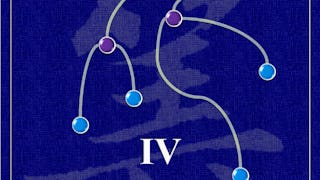 Status: Free TrialFree TrialT
Status: Free TrialFree TrialTTsinghua University
Skills you'll gain: Data Structures, Algorithms, Theoretical Computer Science, Computer Programming
2.7·Rating, 2.7 out of 5 stars7 reviewsIntermediate · Course · 1 - 3 Months
 C
CCoursera
Skills you'll gain: Java, Data Structures, Java Programming, Data Access, Data Cleansing
4.6·Rating, 4.6 out of 5 stars20 reviewsIntermediate · Guided Project · Less Than 2 Hours
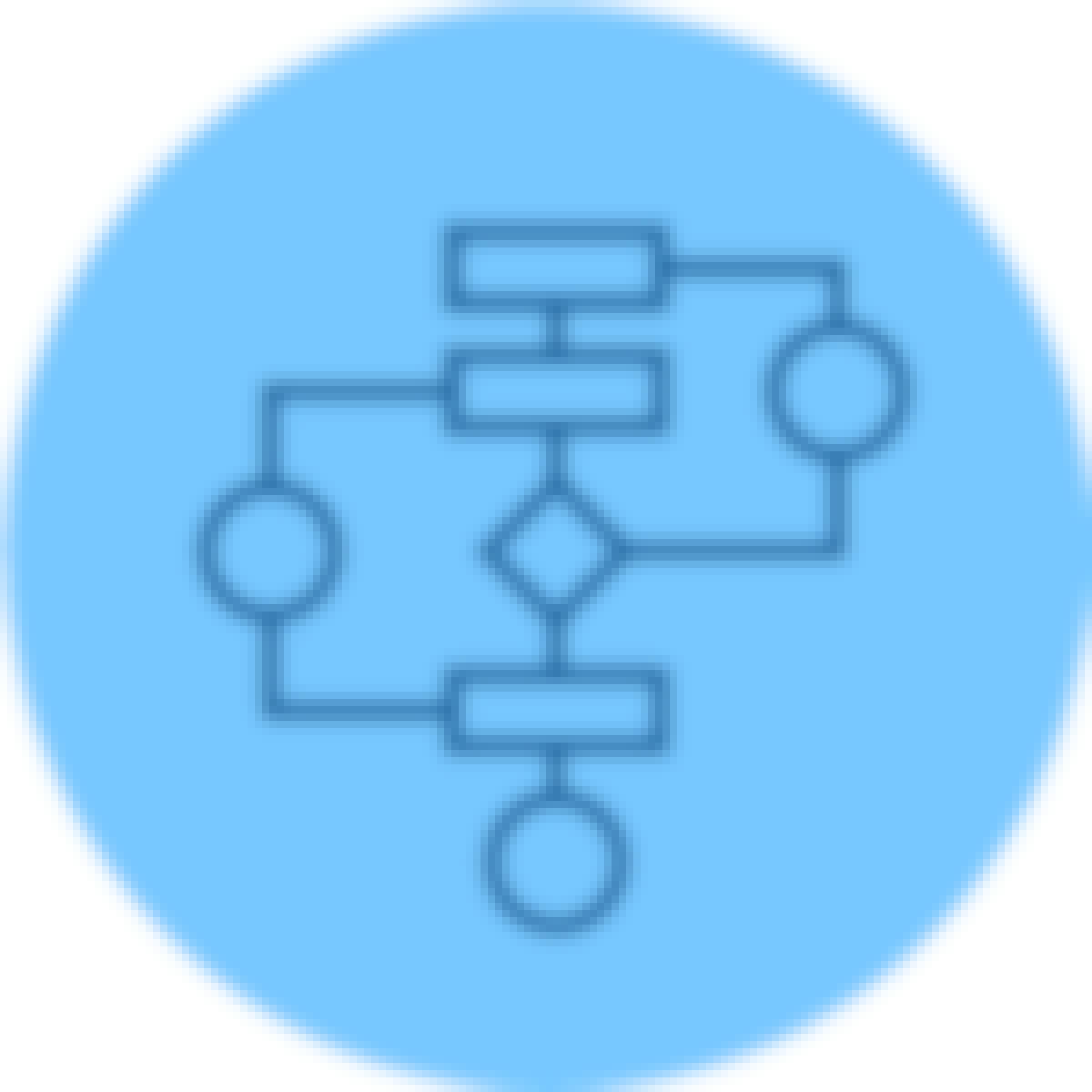 Status: Free TrialFree Trial
Status: Free TrialFree TrialSkills you'll gain: Computational Thinking, Algorithms, Graph Theory, Data Structures, Computer Programming, C++ (Programming Language), Object Oriented Programming (OOP)
Intermediate · Course · 1 - 4 Weeks
 Status: Free TrialFree TrialC
Status: Free TrialFree TrialCCodio
Skills you'll gain: Algorithms, C++ (Programming Language), Data Structures, Theoretical Computer Science, Computer Programming, Programming Principles, Computational Thinking
4.5·Rating, 4.5 out of 5 stars10 reviewsIntermediate · Course · 1 - 4 Weeks
 Status: Free TrialFree Trial
Status: Free TrialFree TrialSkills you'll gain: Data Structures, C++ (Programming Language), Programming Principles, Algorithms, Theoretical Computer Science, Object Oriented Programming (OOP)
Intermediate · Course · 1 - 4 Weeks
 Status: Free TrialFree Trial
Status: Free TrialFree TrialSkills you'll gain: Computational Thinking, Algorithms, Graph Theory, Data Structures, C++ (Programming Language), Programming Principles, Computer Programming, Theoretical Computer Science, Object Oriented Programming (OOP)
4.5·Rating, 4.5 out of 5 stars15 reviewsIntermediate · Specialization · 1 - 3 Months
 Status: PreviewPreviewN
Status: PreviewPreviewNNortheastern University
Skills you'll gain: Algorithms, Theoretical Computer Science, Data Structures, Computational Thinking, Analysis, Computer Science, Software Development, Scalability
Mixed · Course · 1 - 4 Weeks
Searches related to arrays
In summary, here are 10 of our most popular arrays courses
- Java: Linear Data Structures and Trees: Codio
- Data Structures and Algorithms (II): Tsinghua University
- Java: Algorithms: Codio
- Data Structures and Algorithms: Tsinghua University
- Interview Questions and Real-World Applications: Packt
- Data Structures and Algorithms (IV): Tsinghua University
- Java Built in Data Structures: Coursera
- C++: Non-Linear Data Structures: Codio
- C++: Algorithms: Codio
- C++: Linear Data Structures and Trees: Codio










